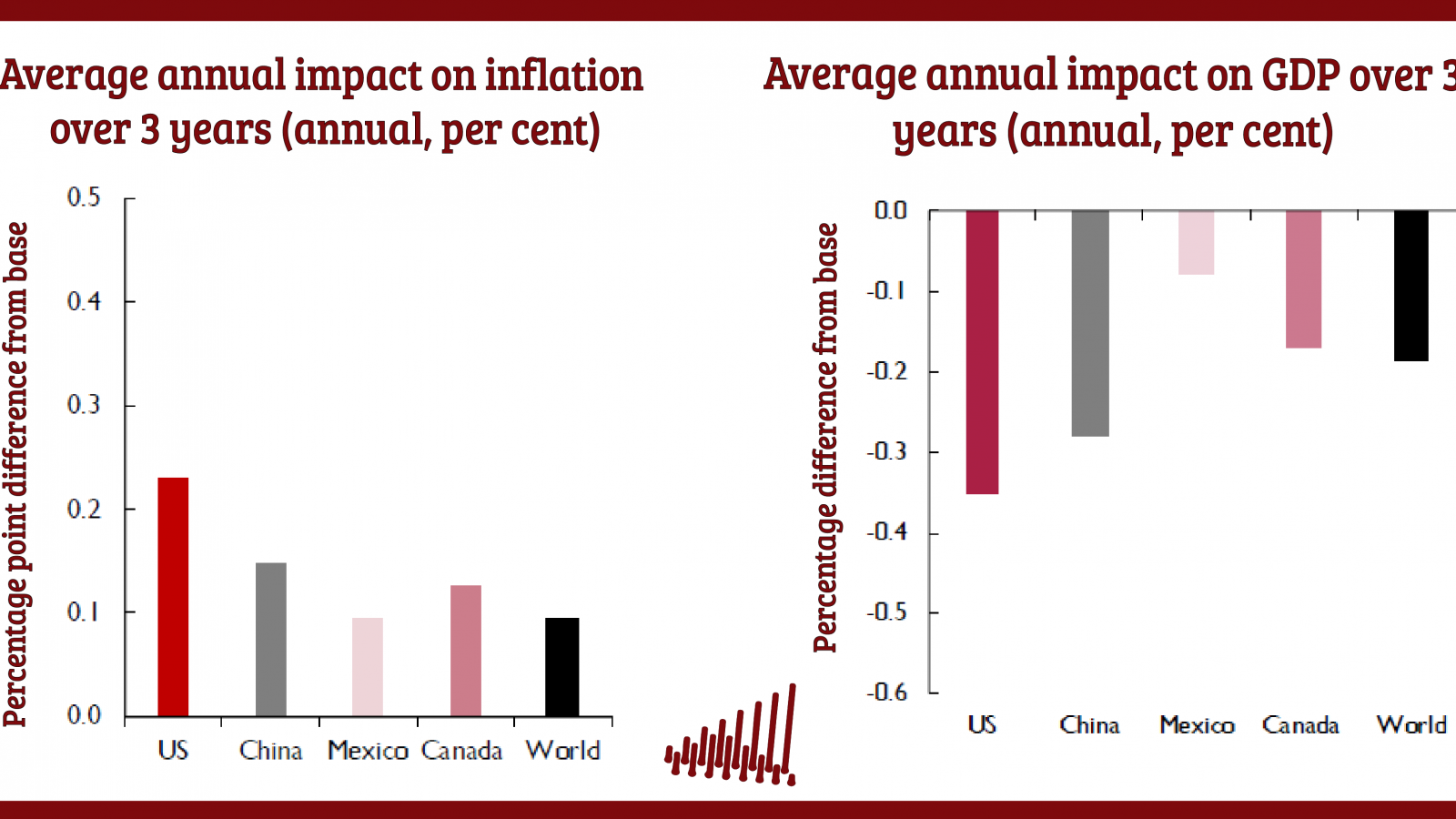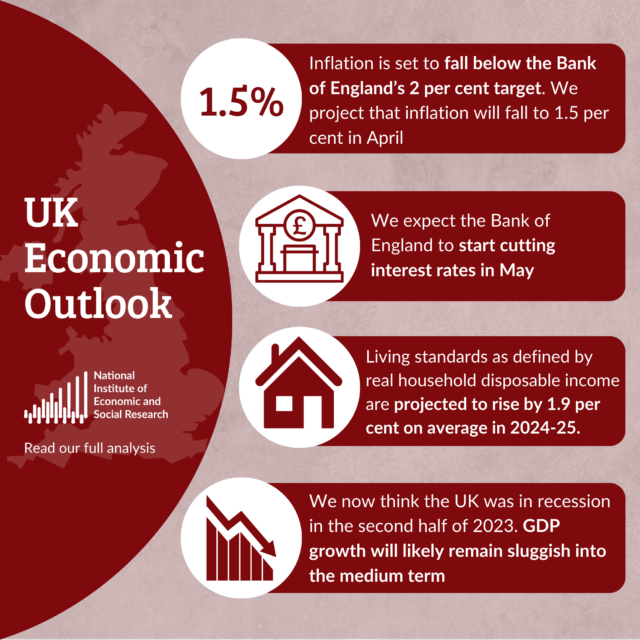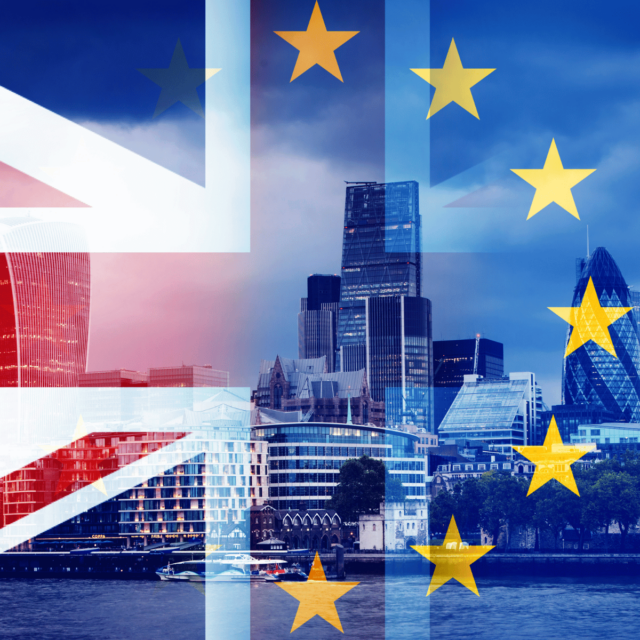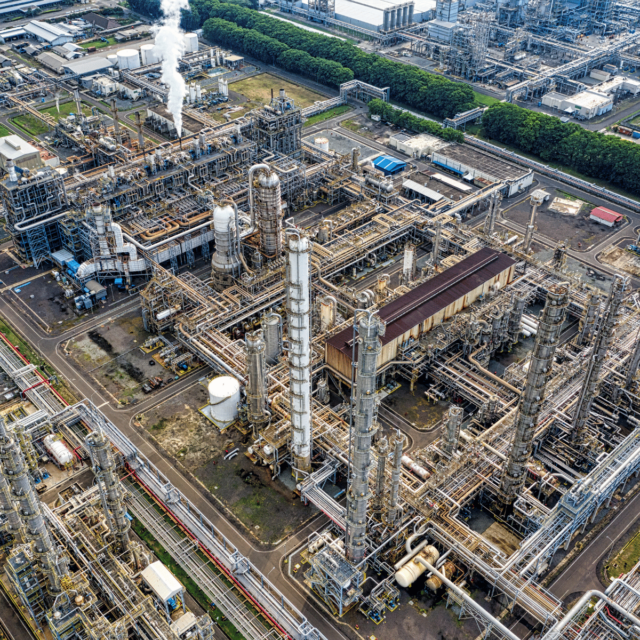- Home
- Publications
- The Effects Of The Trade War On Inflation
The Effects of the Trade War on Inflation
Sign in to Access Pub. Date
Pub. Date
 Pub. Type
Pub. Type

Downloads
This content is restricted to corporate members, NiGEM subscribers and NIESR partners.
Related Themes
Productivity, Trade, and Regional EconomiesThis is a preview from the National Institute Economic Review, February 2020, no 251.
In the past two months some of the uncertainties around the trade war between the US and China have settled. The negotiations between the US and China have culminated in the Phase One agreement, which was signed on 15 January. After this agreement, tariffs on goods traded between the two countries are substantially higher than before the trade war started. Estimates from the Peterson Institute are that the average trade-weighted US tariff rate has risen from 3.1 per cent two years ago to 19.3 per cent and the average tariff by China on US goods has mirrored this, by increasing from 8 per cent to 20.9 per cent (Bown and Kolb, 2019).
In previous Reviews, the issue about the possible effects of the trade war on output growth has been examined using simulations on our model, NiGEM (Liadze and Haache, 2017; Hantzsche and Liadze, 2018; Liadze, 2018a, b). Following recent research by Amiti et al. (2020), this note examines the possible effects of the increase in tariffs on consumer prices. A tariff increase acts as a negative supply shock, raising prices of inputs to production and increasing output prices, leading to lower output.
In this box, prepared by Barry Naisbitt and Kemar Whyte, we look at the effects of the trade war on inflation.
Related Blog Posts

Exploring the Data on UK Productivity Performance
Issam Samiri
Stephen Millard
11 Dec 2023
4 min read

UK Investment Past and Prospects: A Framework for Analysis
Catherine Mann
01 Dec 2023
6 min read


Where Are We With Regional Inequalities in the UK?
Adrian Pabst
Jagjit S. Chadha
01 Nov 2023
5 min read
Related Projects
Related News


Related Publications


Productivity and Investment: Time to Manage the Project of Renewal
12 Mar 2024
UK Productivity Commission

UK Households Should Start Feeling Better Off as Election Looms
07 Feb 2024
UK Economic Outlook

The Financial (In)Stability Real Interest Rate, R**, as a Monetary Policy Constraint
07 Feb 2024
Global Economic Outlook Box Analysis
Related events

Investing for Growth: boosting productivity through higher public and private investment

The Outlook for the Welsh Economy

Prais Lecture with Chris Pissarides: The Future of Work and Wellbeing

A View and Prospects for British Investment

How Can We Raise Investment?

Productivity Commission Evidence Session: Examining the Role of International Investment

High Dimensional Forecasting and its Pitfalls – M. Hashem Pesaran

Finance and Growth Workshop







